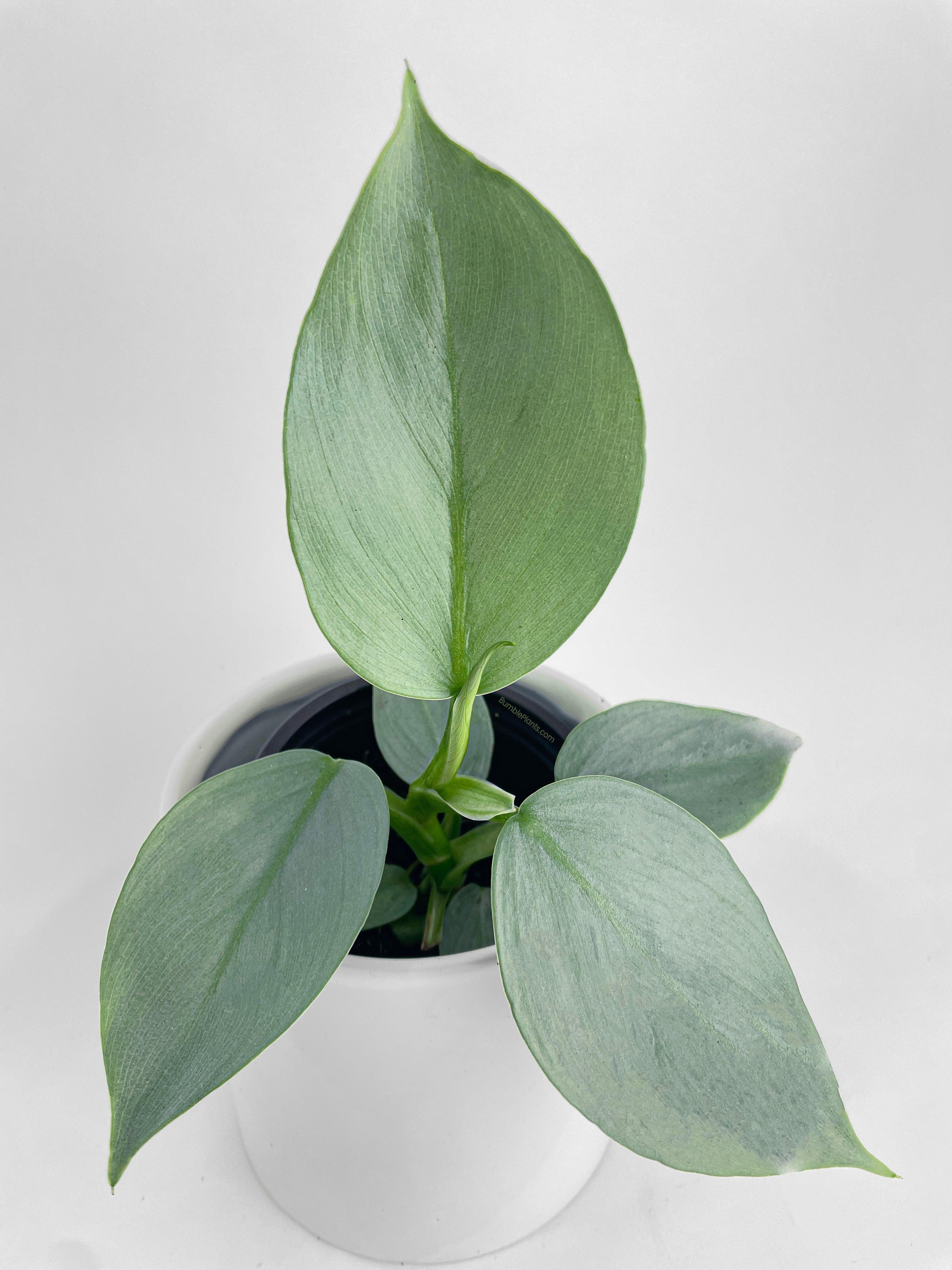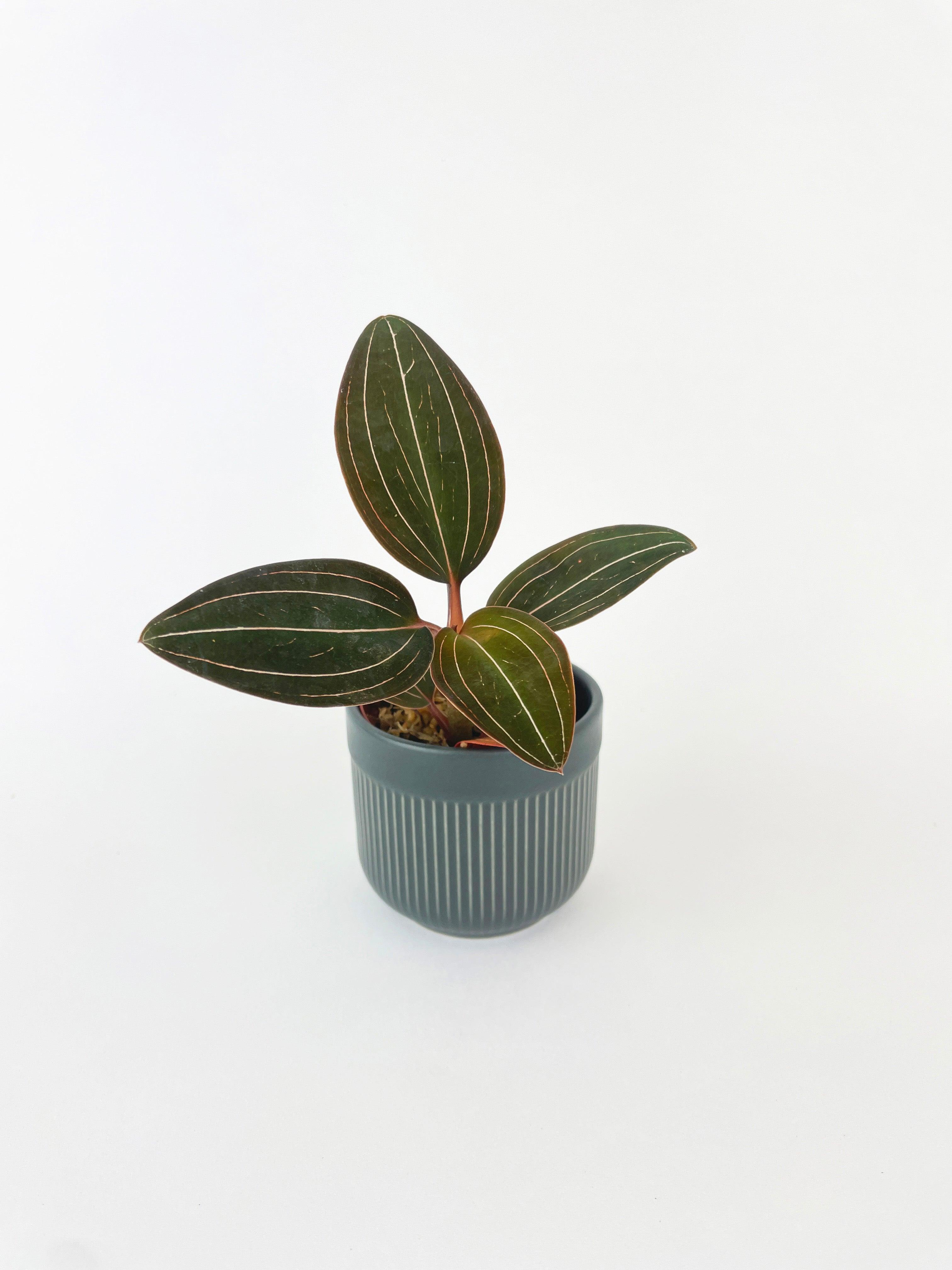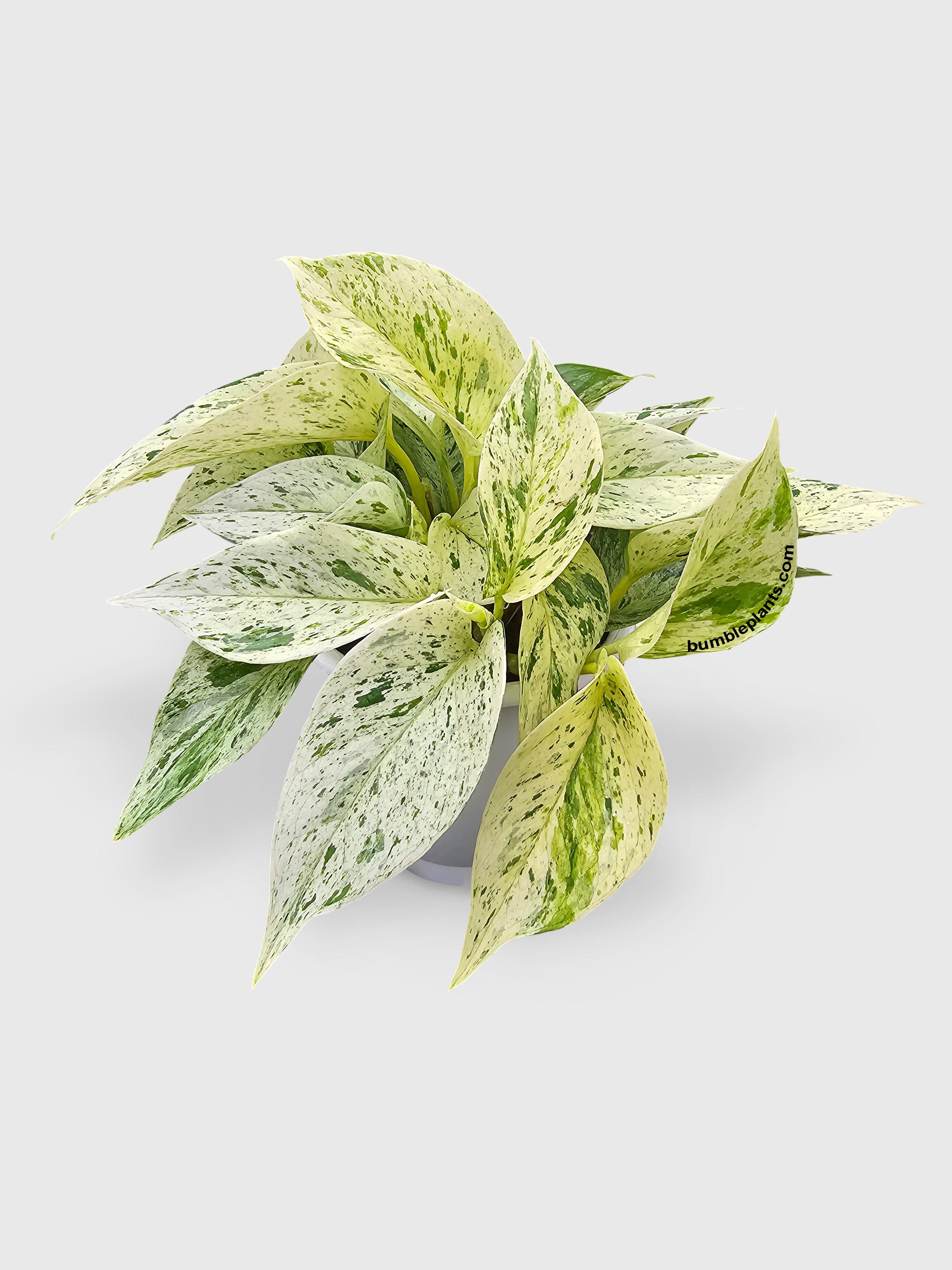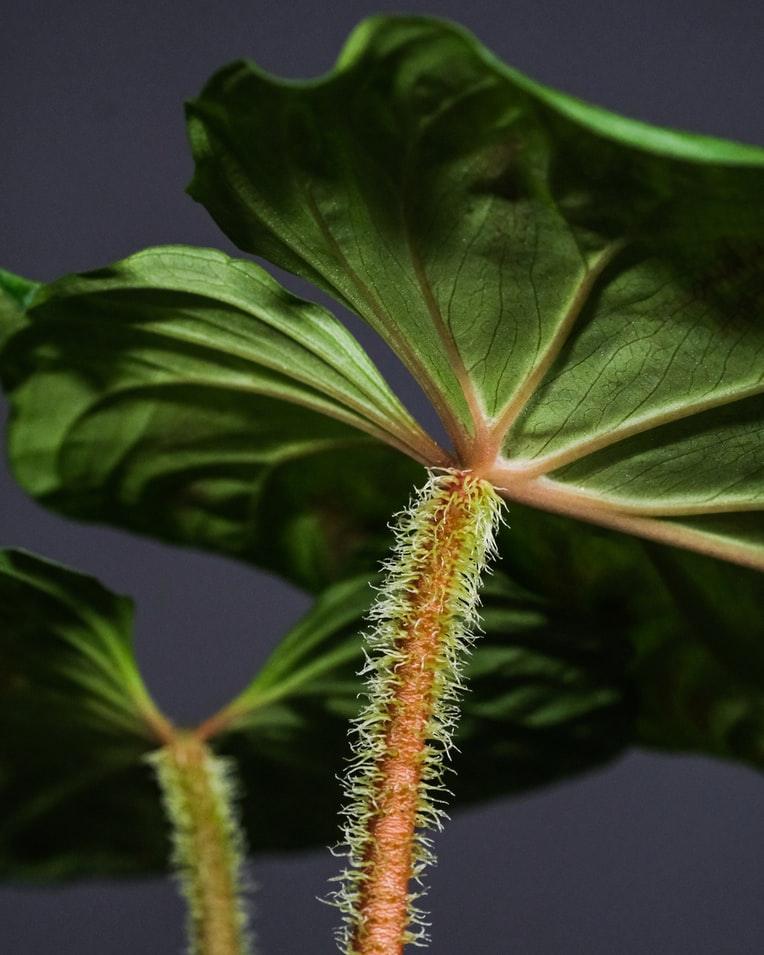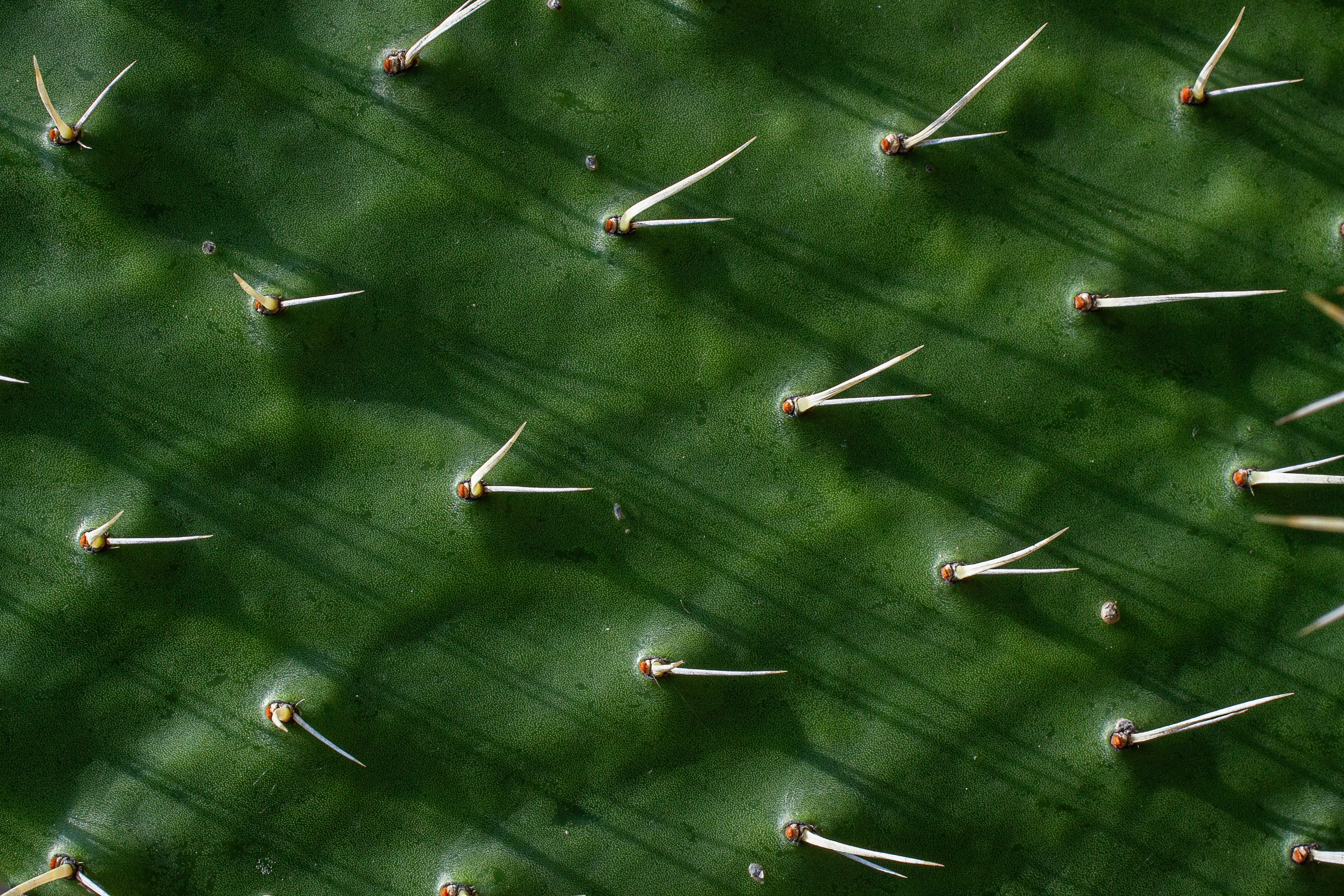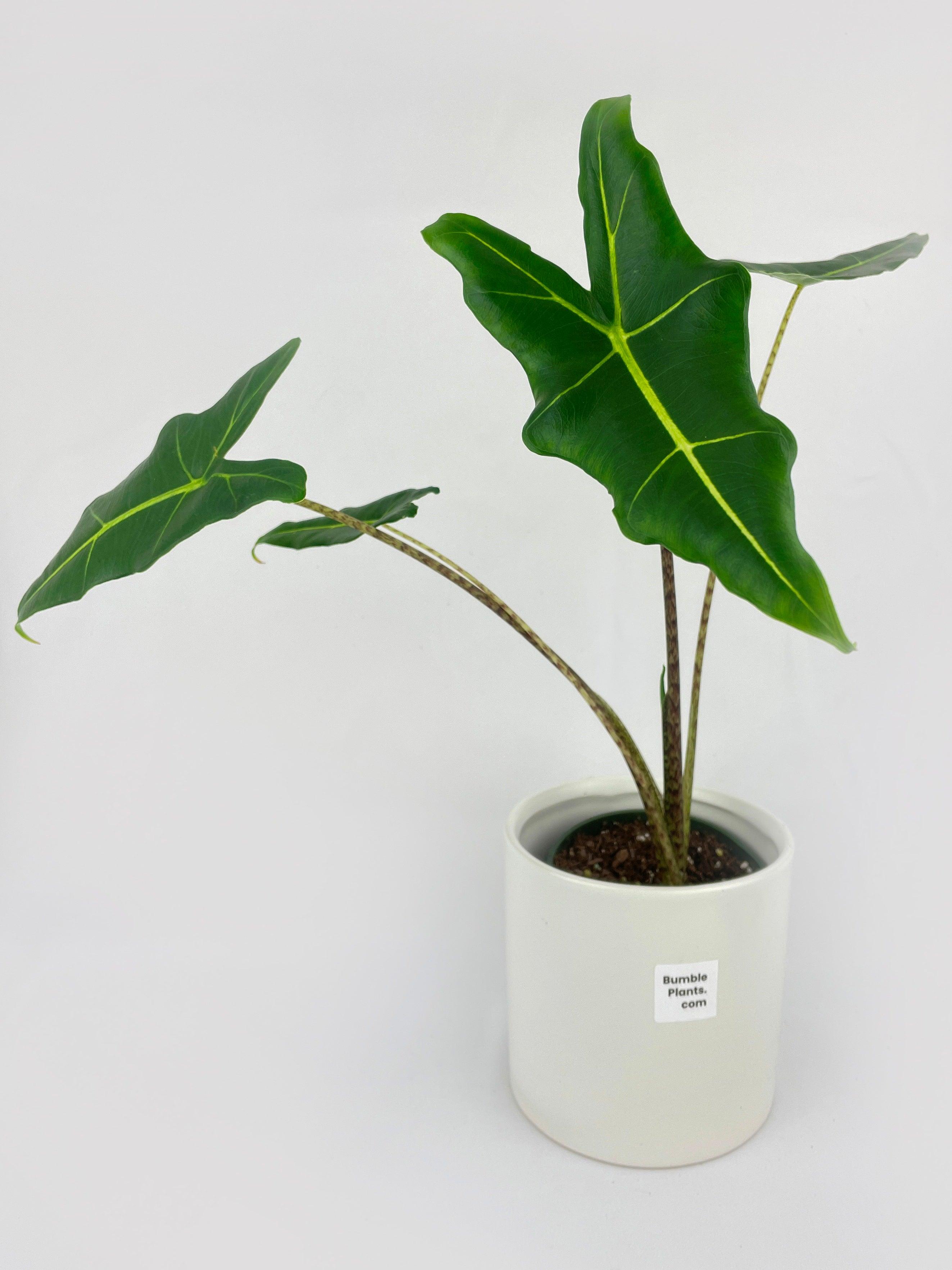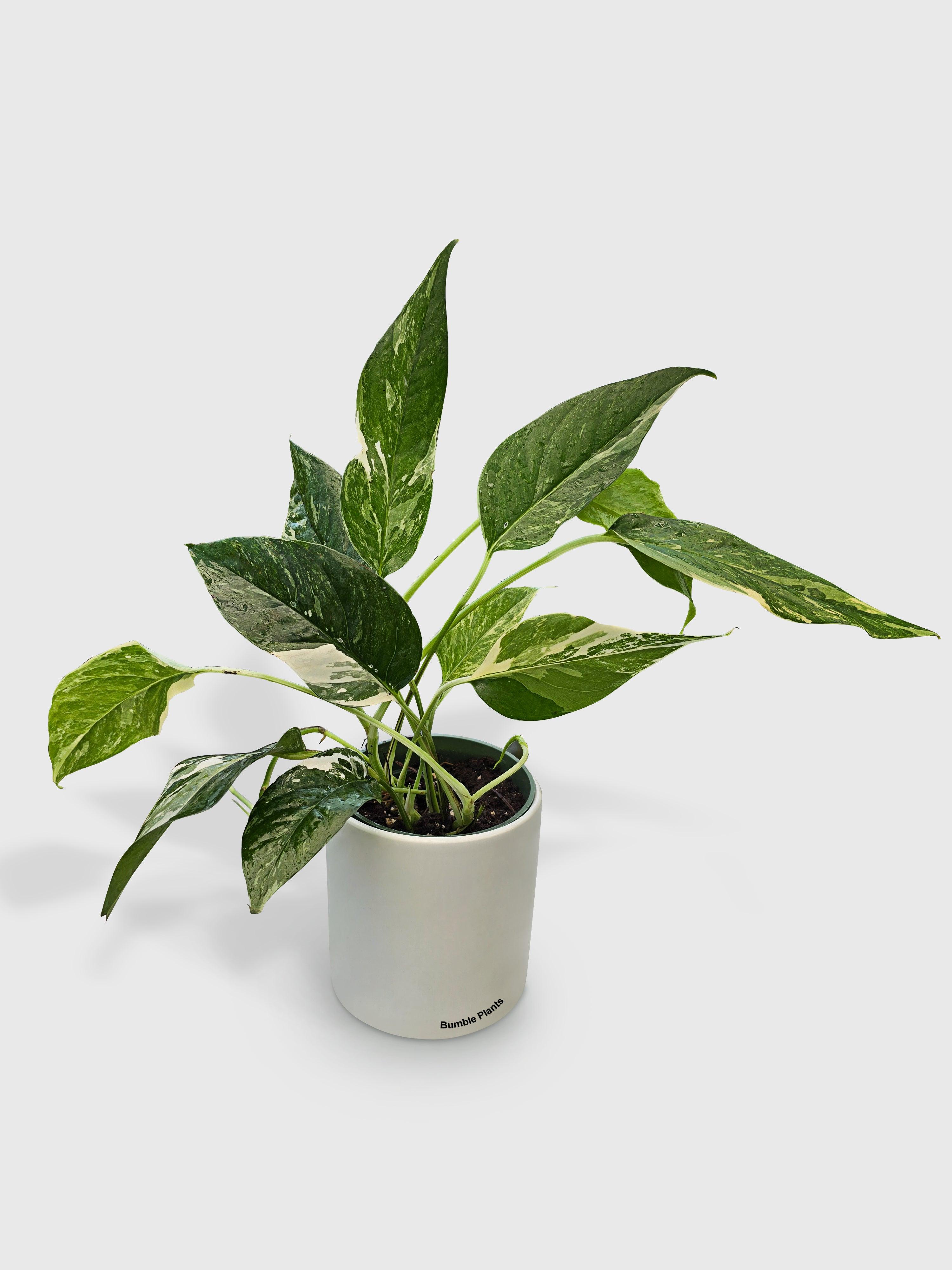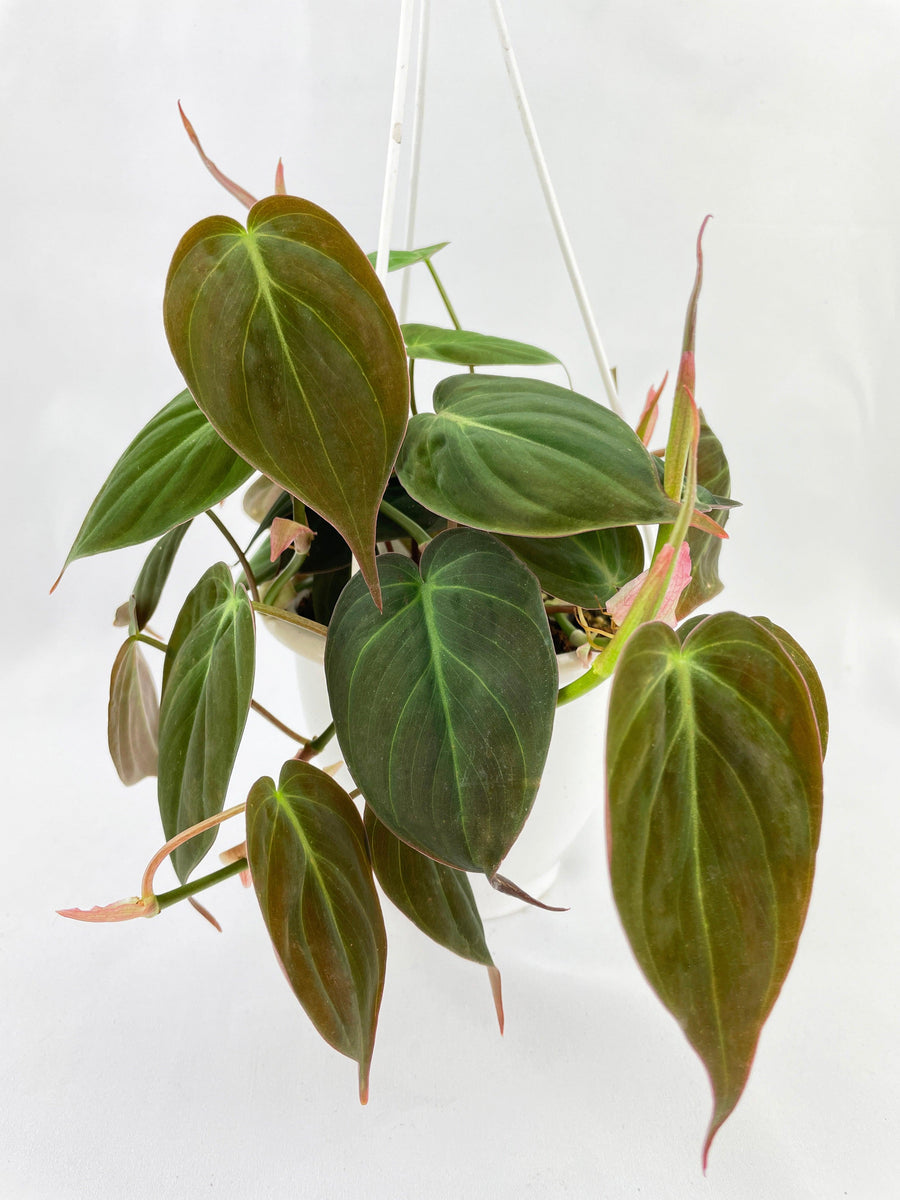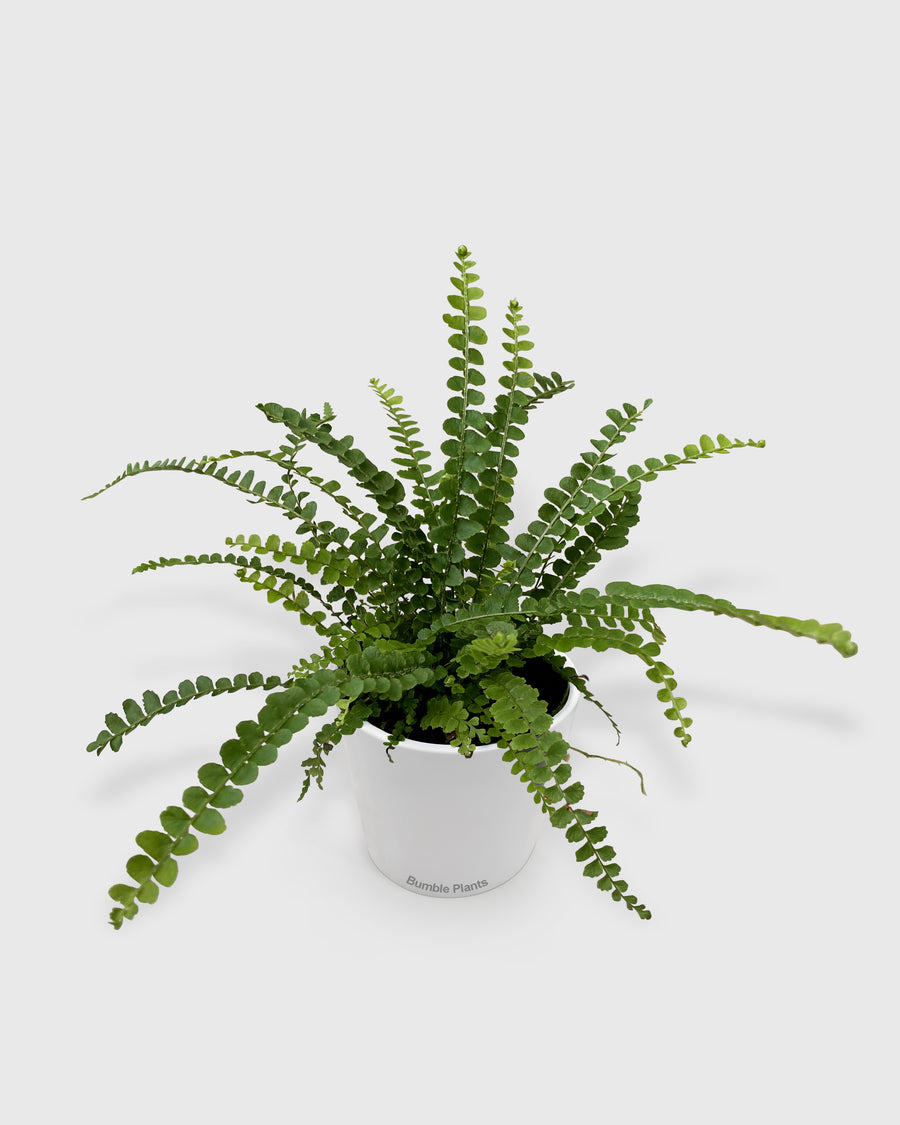How to Propagate Calathea Rosy: A Step-by-Step Guide
Delving into the world of houseplants introduces us to the enchanting Calathea Rosy, a plant that captivates with its vibrant pink foliage accentuated by deep green borders. This plant, originating from the tropical regions of South America, thrives in the humid understory layer of the rainforest, making it a suitable addition to any indoor plant collection. The appeal of Calathea Rosy lies not only in its colorful leaves but also in the rhythmic movement of its foliage, opening by day and closing at night, which has earned it the nickname "the living plant."
The journey of nurturing a Calathea Rosy is filled with learning and fascination, especially when we venture into the realm of propagation. Propagation allows plant enthusiasts to create new plants from their existing ones, ensuring the legacy of their cherished Calathea Rosy continues. This guide aims to demystify the process of Calathea Rosy propagation, providing step-by-step instructions and invaluable tips to ensure your success.
Why Propagate Calathea Rosy?
The motivation to propagate Calathea Rosy is multifaceted. Primarily, it offers an opportunity to multiply this plant's beauty without purchasing new ones. It's an economical approach to expanding your indoor garden. Additionally, propagation can rejuvenate an older Calathea Rosy, giving it a new lease on life and revitalizing its growth. It also presents a unique opportunity to share the splendor of Calathea Rosy with friends and family, spreading the joy that comes with plant care.
Methods of Propagating Calathea Rosy
Embarking on the journey of Calathea Rosy propagation begins with understanding the available methods. Each technique caters to different levels of gardening experience and plant health, ensuring a method suitable for every aspiring plant propagator.
Propagating Calathea Rosy Through Stem Cuttings
This method involves taking healthy stem cuttings from a mature Calathea Rosy and encouraging them to root in water or soil. It's an approach that requires precision and patience but can be incredibly rewarding.
Firstly, select a healthy stem with at least one leaf and a few nodes. Make a clean cut below a node using a sterile, sharp knife or pair of scissors. If propagating in water, place the cutting in a glass jar, submerging the nodes, but the leaf remains above water.
Change the water every few days to prevent stagnation. If using soil, plant the cutting in a pot filled with a well-draining potting mix, ensuring the nodes are buried. In both cases, the setup should be placed in a location with bright, indirect light and maintain high humidity with tree with root plan.
Propagating Calathea Rosy Through Division
The division is a straightforward method that separates a mature Calathea Rosy into smaller plants. This technique is ideal for those looking to expand their collection quickly.
Begin by gently removing the parent plant from its pot, careful not to damage the roots. Dividing the root ball into sections using your hands or a sterile knife ensures each new plant has a good portion of roots. Plant each division in its pot, which is filled with a suitable potting mix and water thoroughly. Place the pots in a warm, humid location with bright, indirect light.
Tips for Successful Calathea Rosy Propagation
Achieving success in Calathea Rosy propagation requires attention to detail and a nurturing approach. Here are some invaluable tips:
- Before attempting propagation, ensure the parent plant is healthy and free from pests or diseases.
- Use a well-draining, peat-based potting mix to encourage root growth.
- Maintain high humidity and consistent moisture, but avoid waterlogging.
- Be patient, as Calathea Rosy can take several weeks to root and establish.
Calathea Rosy Plant Care After Propagation
Once your Calathea Rosy cuttings or divisions have rooted and started to grow, providing them with the care they need to thrive is crucial. This includes regular watering, maintaining high humidity, and providing bright, indirect light. Fertilize your new Calathea Rosy plants with a balanced, water-soluble fertilizer every month during the growing season to support their growth.
Common Issues and Troubleshooting
Even with careful attention, you may encounter issues during Calathea Rosy propagation. Common problems include rotting cuttings or divisions, slow root development, and leaf yellowing. To mitigate these issues, ensure the plant material used for propagation is healthy, avoid overwatering, and maintain optimal humidity and light conditions.
Relevant Articles: 👇
Conclusion
Propagating Calathea Rosy is a rewarding endeavor that allows you to expand your collection and share this stunning plant with others. By following the step-by-step guide and tips, you're well on mastering Calathea Rosy propagation's art. Patience and attention to your plant's needs are key to successful propagation. Happy planting!




